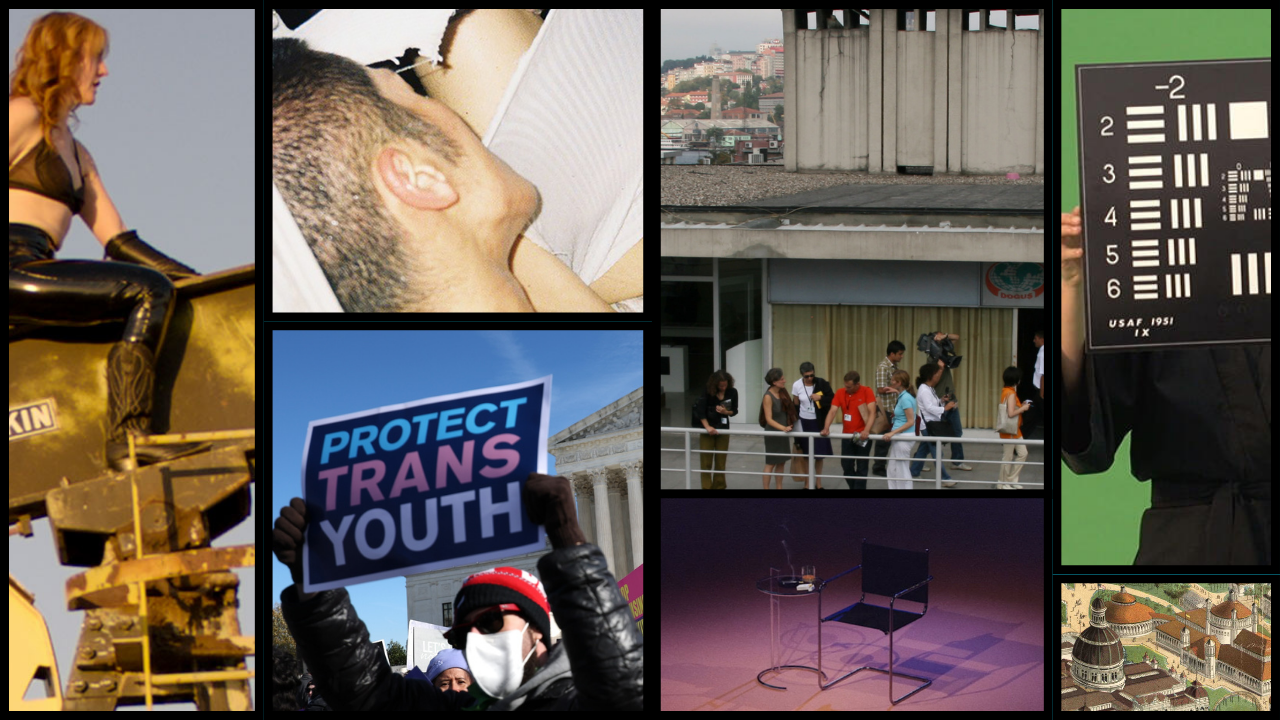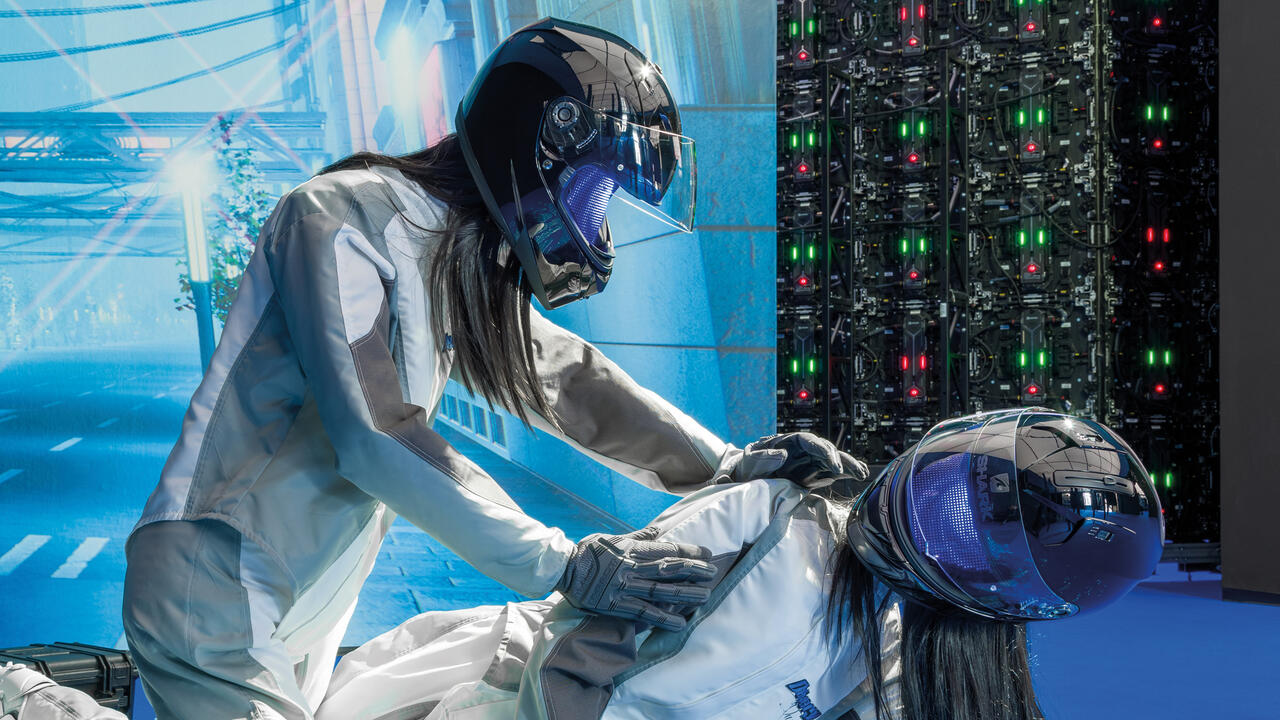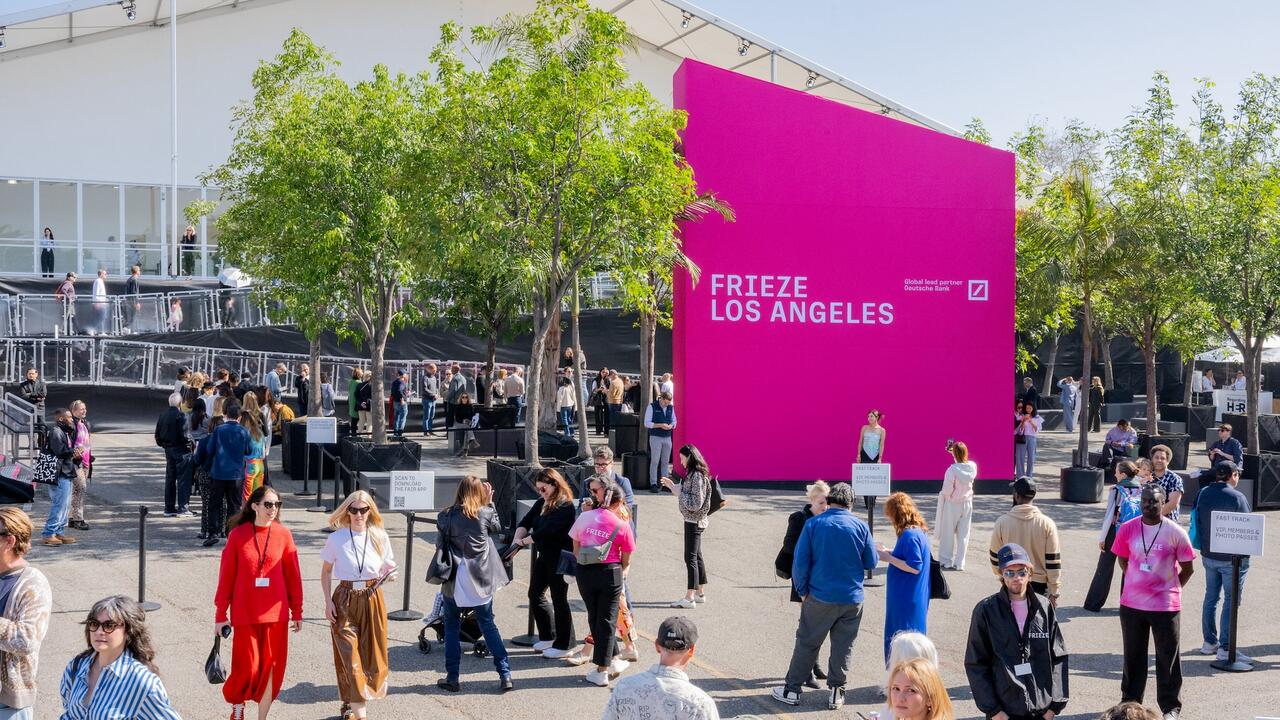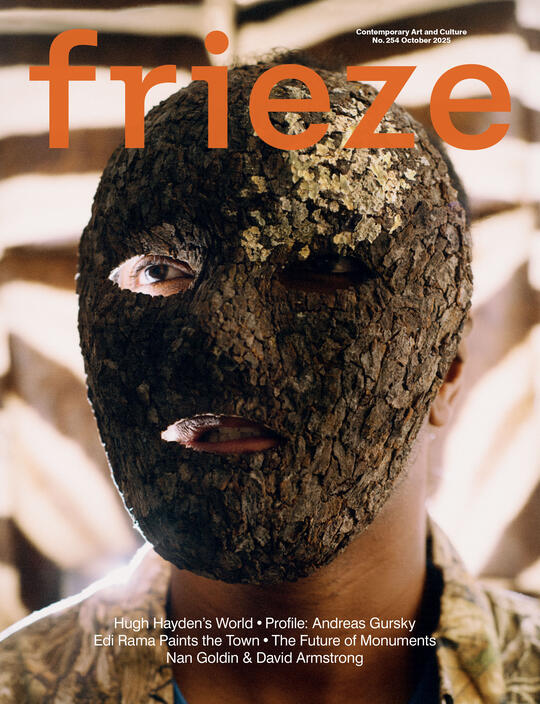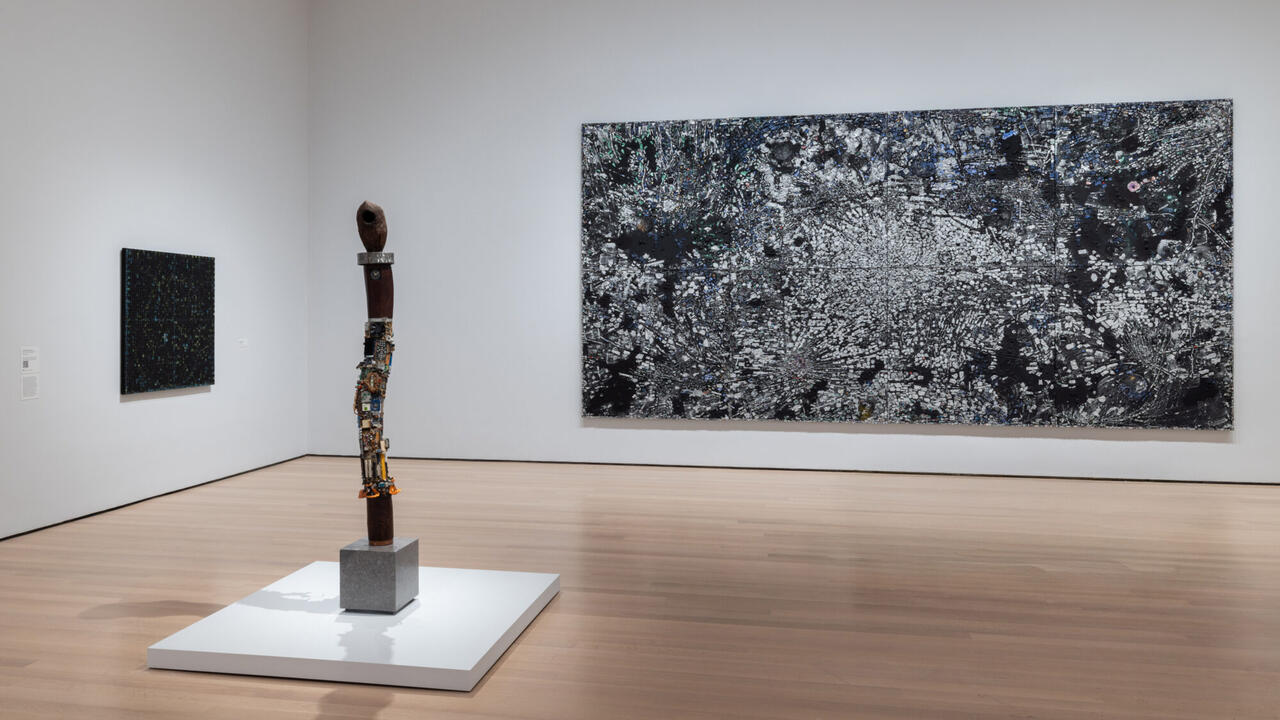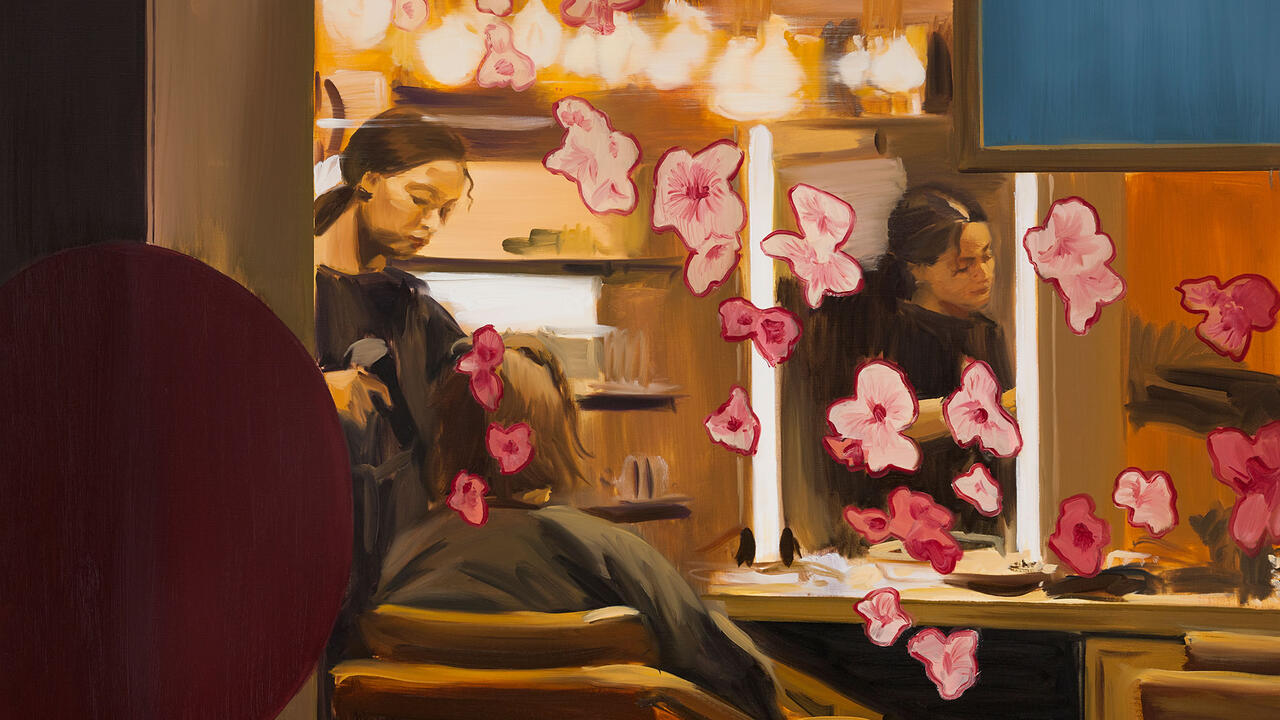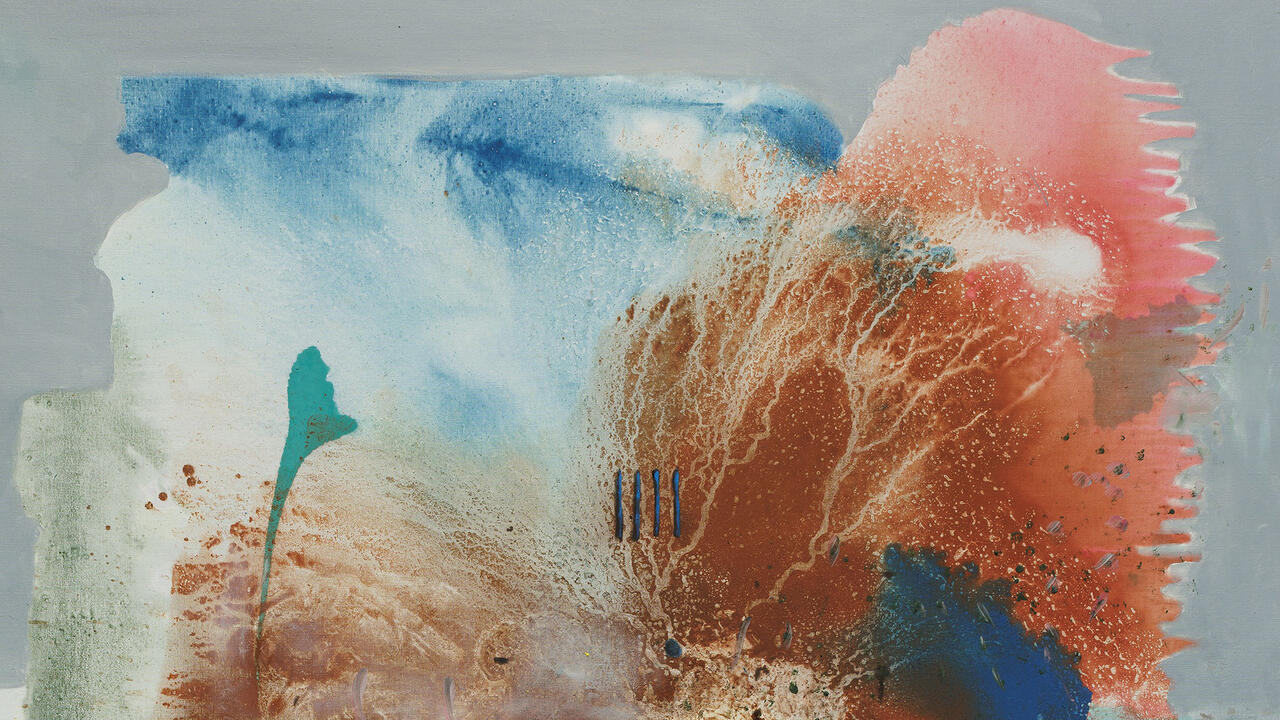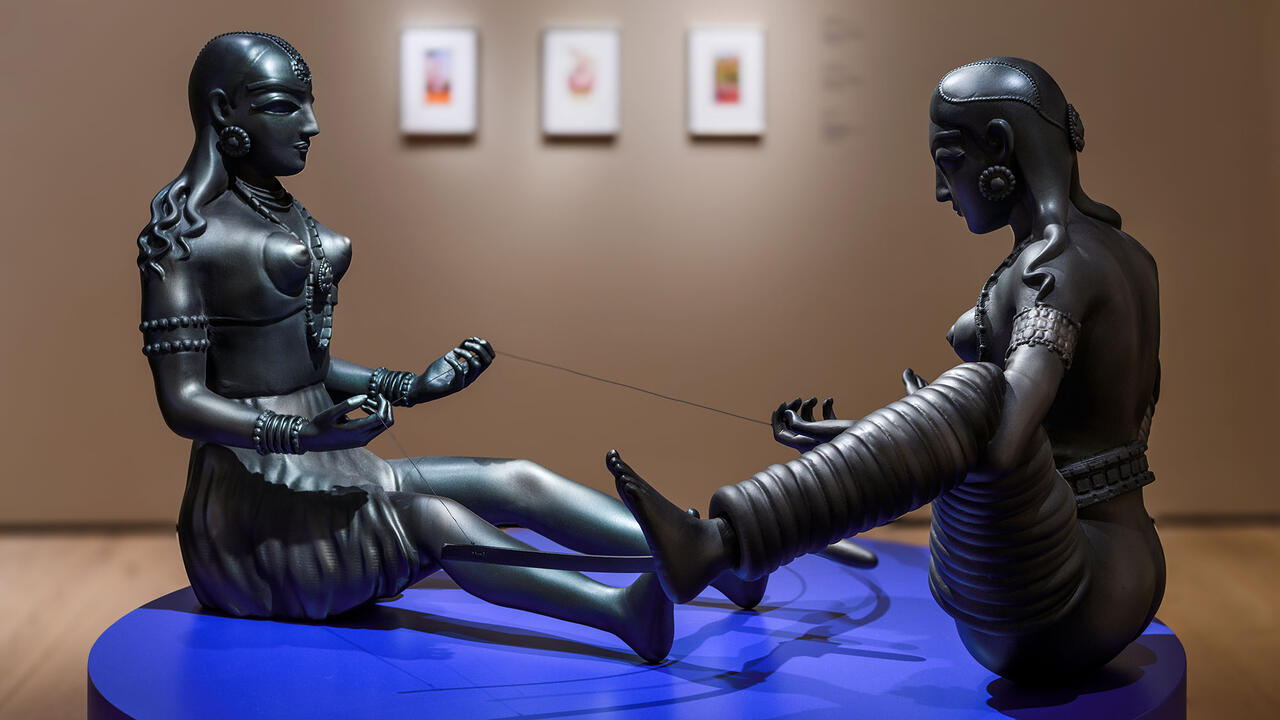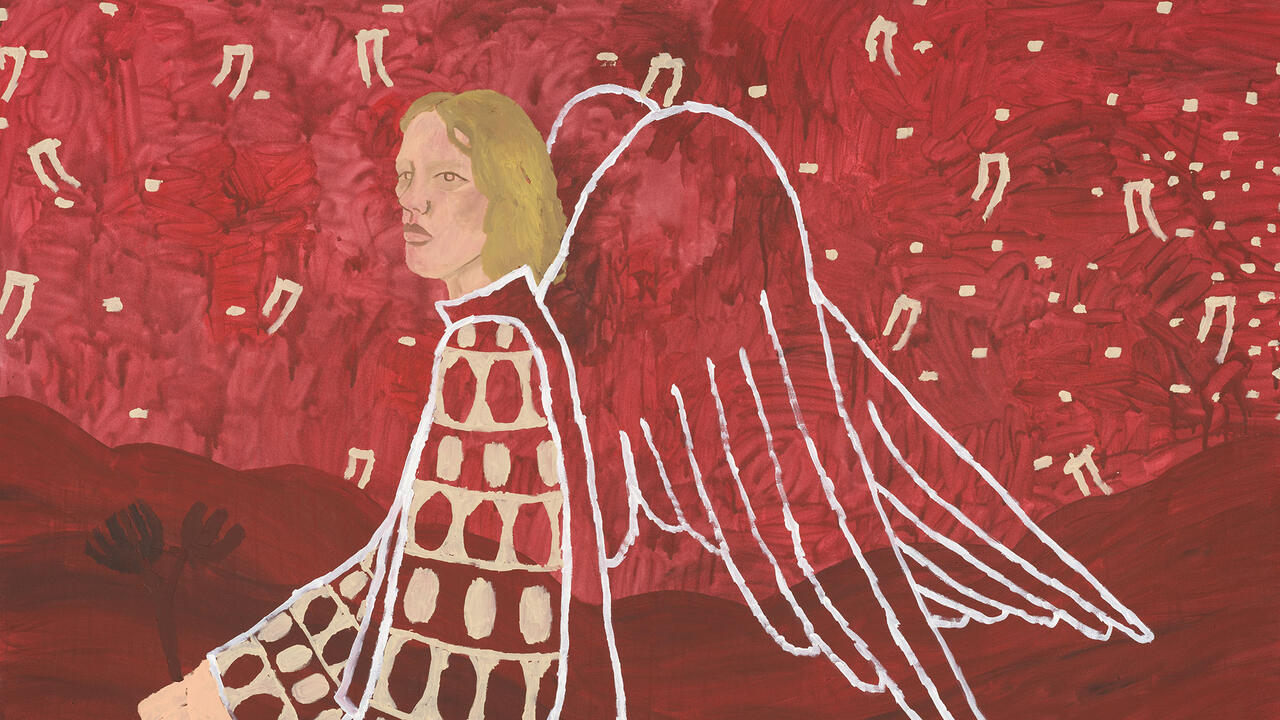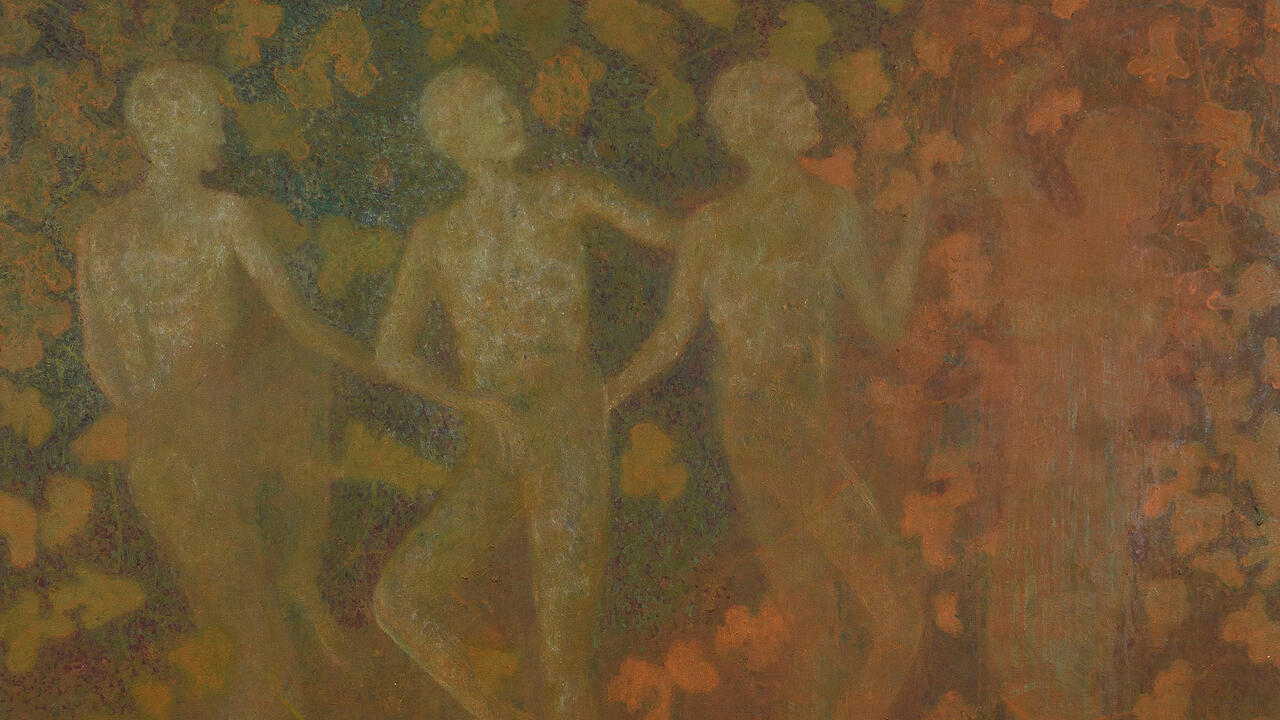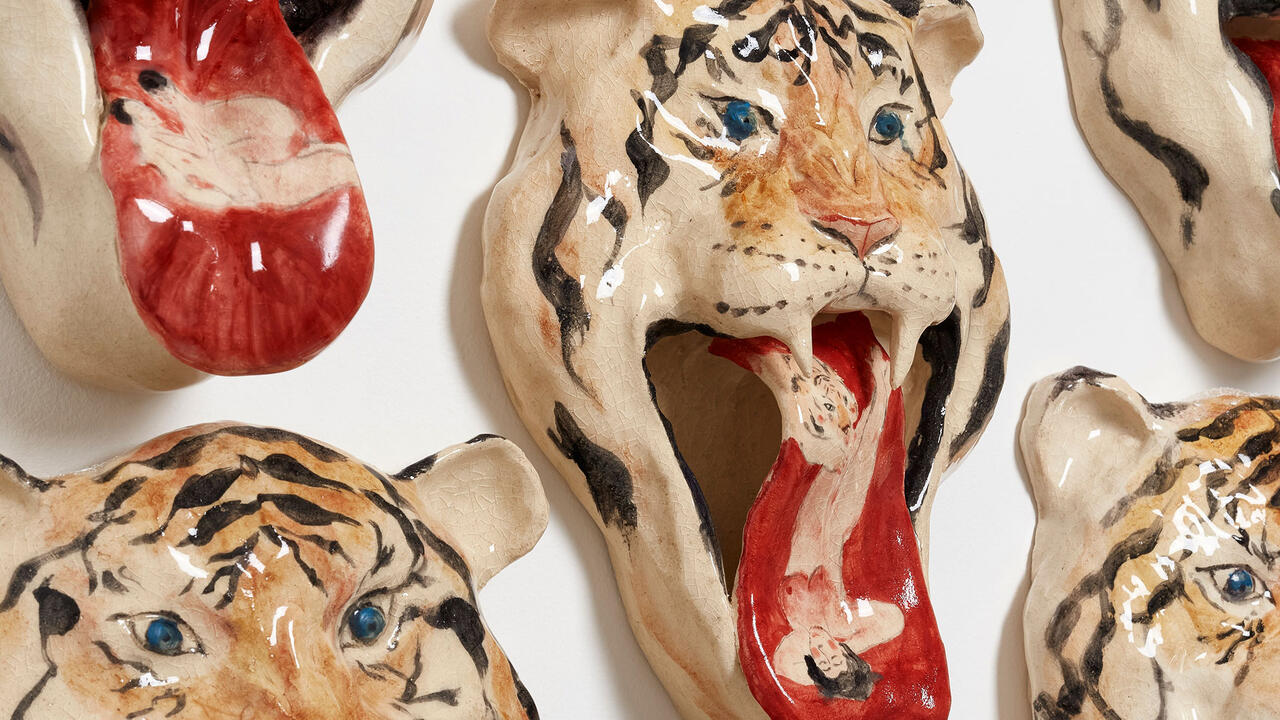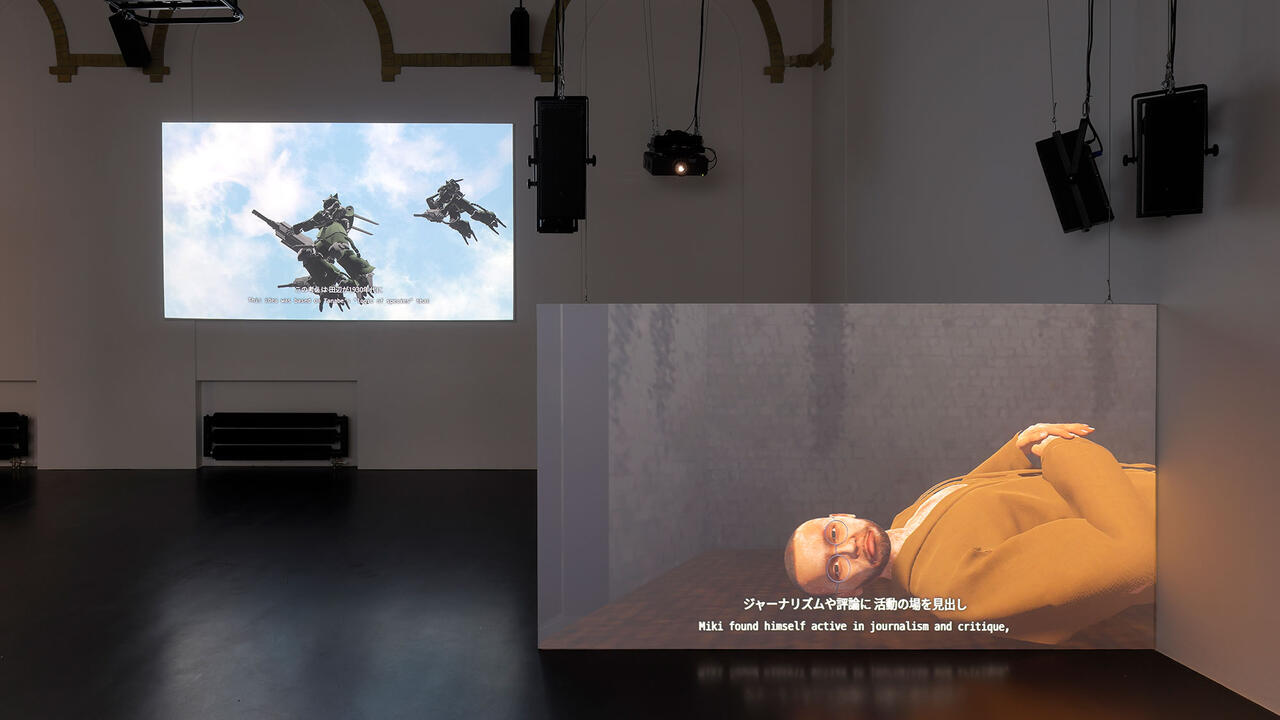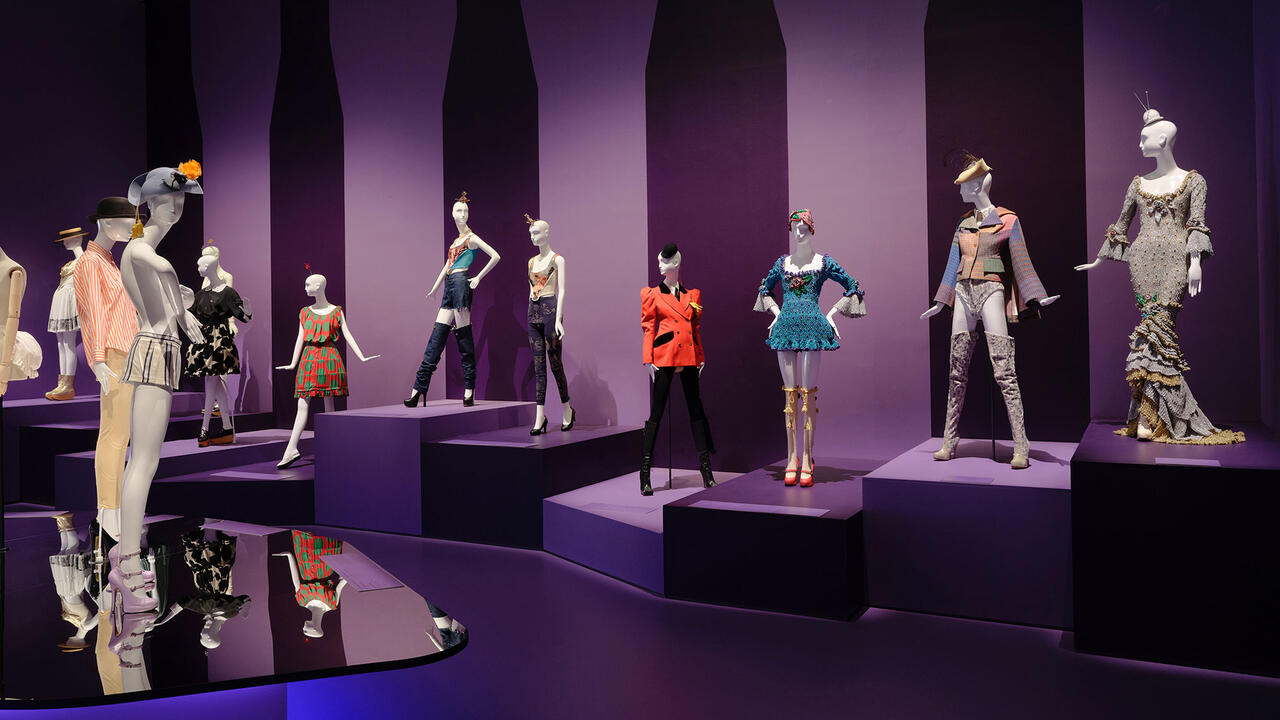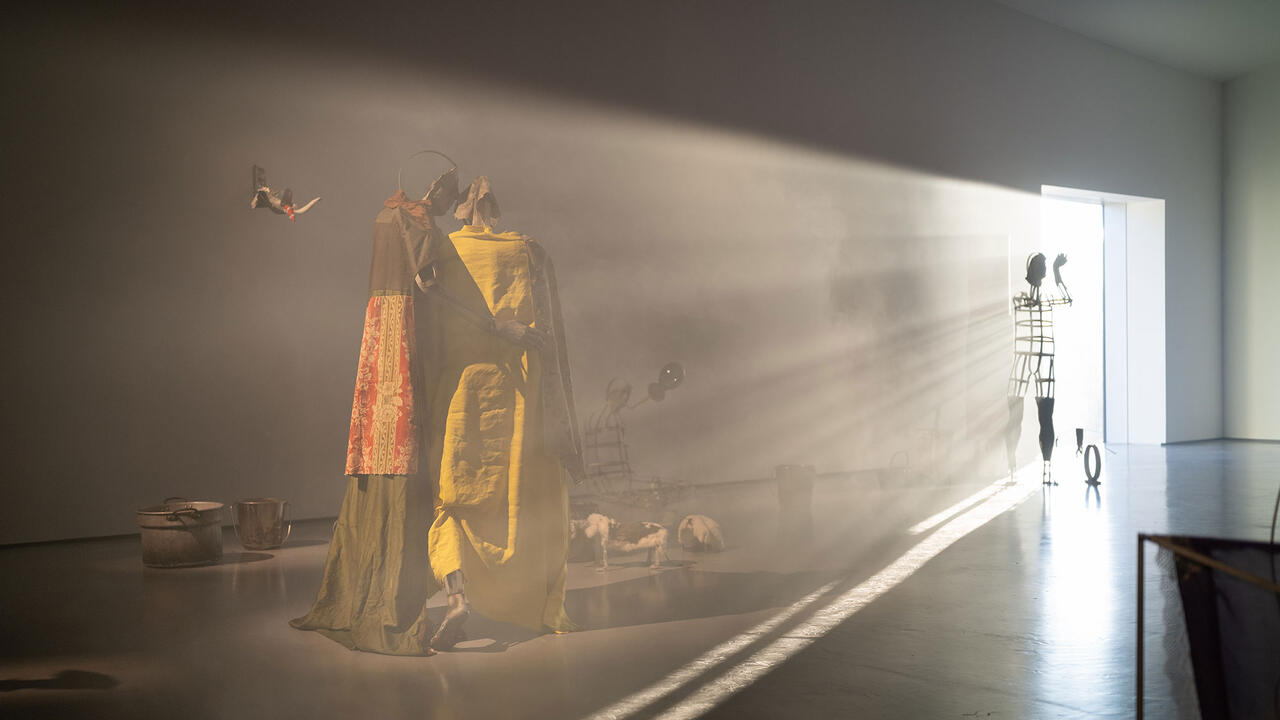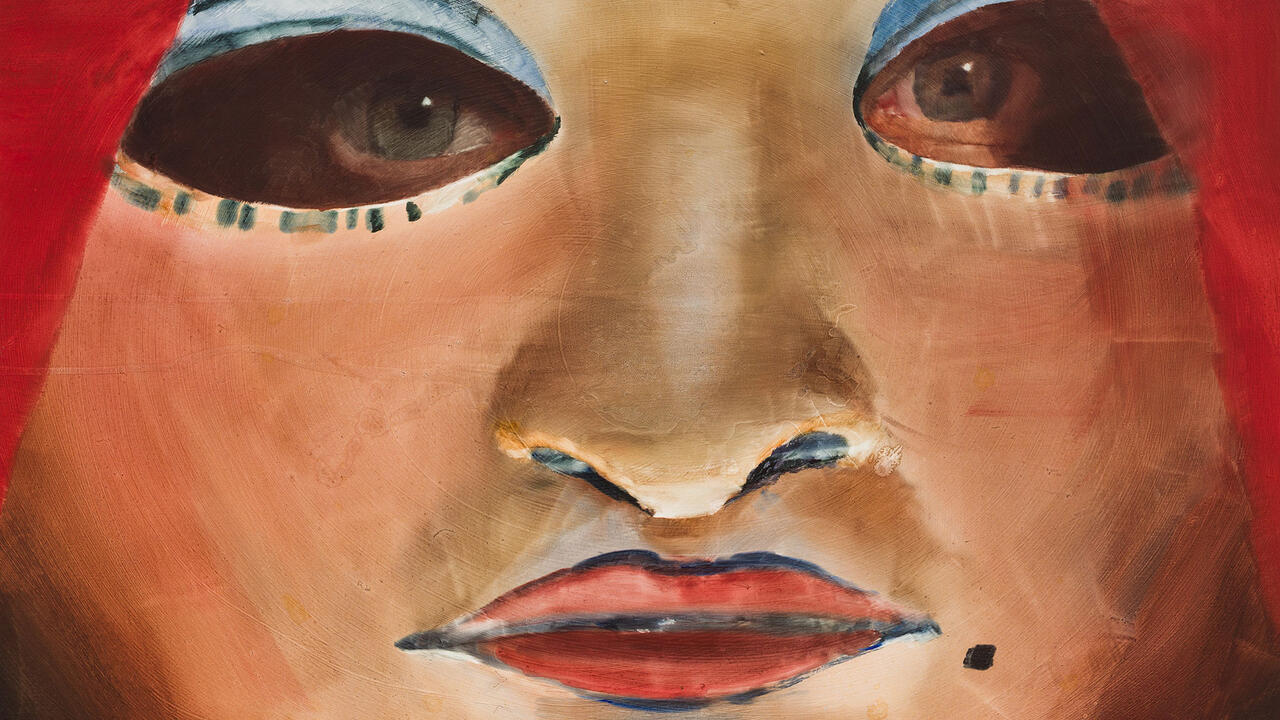Mythologies of a Green Petrostate: Liv Bugge’s ‘Umbilical Fire’
The artist’s show at Kunsthall Trondheim probes the stories we tell ourselves about oil – and proposes new ones
The artist’s show at Kunsthall Trondheim probes the stories we tell ourselves about oil – and proposes new ones

Crude oil pools in the creases of palms and drips down wrists as the figures onscreen rub the brown substance into their skin. One remarks that she finds the scent oddly familiar, redolent of childhood and her father; the film transitions to archival footage of an offshore oil rig operator, a cigarette dangling from his mouth like an afterthought. ‘Oil is a dead material, but anything that is dead has been alive,’ says another voice. A shot of a model of Norway’s petroleum-rich continental shelf is overtaken by footage of plankton in motion, alluding to oil’s vegetal and animal origins.
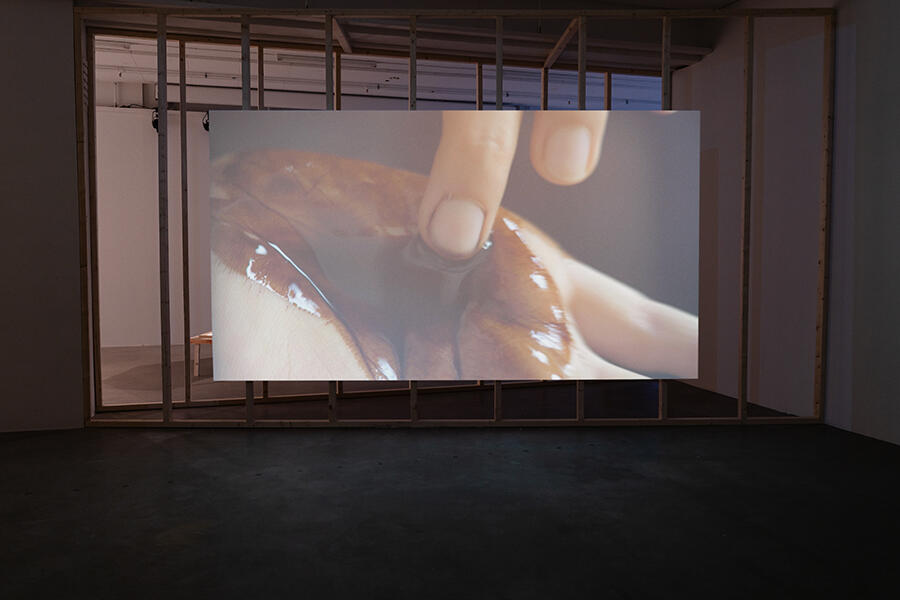
A focal point of Liv Bugge’s exhibition ‘Umbilical Fire’ at Kunsthall Trondheim, Goliat, Draugen & Maria (2021) grew out of a series of workshops conducted by the Oslo-based artist. Drawing on animal communication techniques, Bugge encouraged participants to touch and meditate on local oil. The mesmerizing single-channel video, named after Norwegian oil fields, shows no interest in instrumentalizing petroleum’s ‘green’ origins, latent animacy or Proustian effects to gainsay the violences of oil’s extraction and combustion. Nor does it adopt an expressly punitive position. Rather, it asks how people relate to oil, probing the uneasy sentiments harboured for an oft-invisibilized material by those who simultaneously resent and rely on it.
‘Umbilical Fire’ focuses on a Norwegian context. The ‘green petrostate’, which struck oil in the late 1960s, is a leader in renewable energy – yet oil accounts for about one-fifth of its gross domestic product, and petroleum interests help finance its progressive welfare model. In marine clay monotypes, such as Gina Krog (2024) and Aasta Hansteen (2025), Bugge scrutinizes the national practice of renaming oil fields after suffragettes or women artists to cement the dubious connection between the petroleum industry and social progress. Using local clay, Bugge 3D-printed approximate well outlines – translating privatized geospatial data – which she then pressed onto paper. The taupe blobs fail to transmogrify into portraits of feminist heroes, underscoring the absurdity of such branding campaigns. The prints are strange enough to skirt the research-art formulation of conspiracy/revelation, though Goliat, Draugen & Maria’s dive into oil’s psychic imprint gives viewers more to chew on.
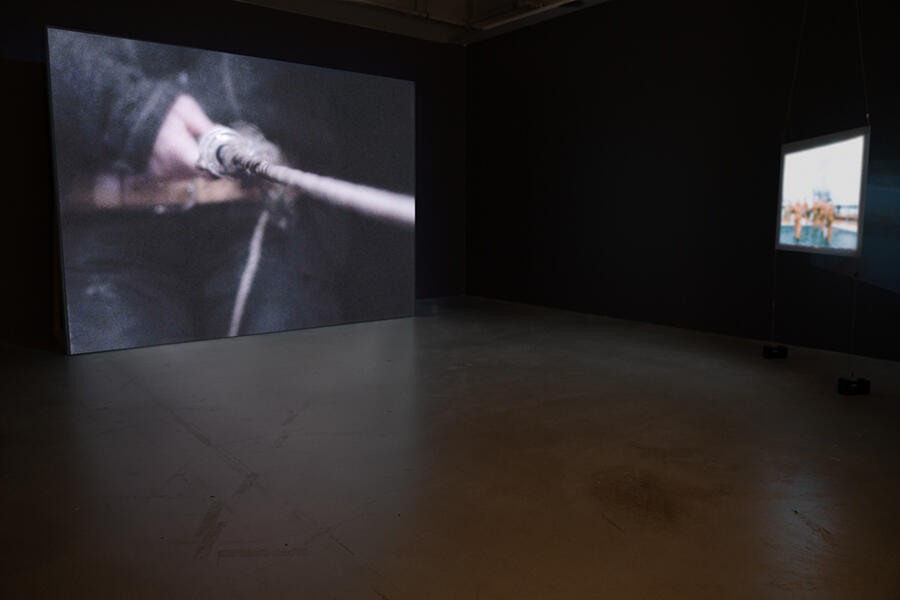
Unfolding with the associative intensity of a fever dream, the show’s second video – the silent two-channel Umbilical Fire (2025) – contemplates the petro-mythologies that link oil to national identity. On the larger screen, against a dark backdrop, a roper braids fibres using a harness worn on the body, generating a drawing in space with umbilical overtones. While the film leaves the rope’s intended use unclear, we might conceive of it as ‘tying together’ such activities as mooring ships and securing oil rigs, implying a historical continuity in the nautical nation. The other channel flickers between eclectic snippets of found footage: pipelines, Aladdin’s magic lamp (an emblem of kerosene’s plot-driving wonders), wildfires, factory farms (another genre of violent extractivism), well drilling and childbirth (the pipeline as national umbilical cord). Shots of archival postcards, also displayed in a binder in the gallery, suggest that popular characterizations of petroleum borrow from other strategies of nation-building, such as landscape painting and folk tales.
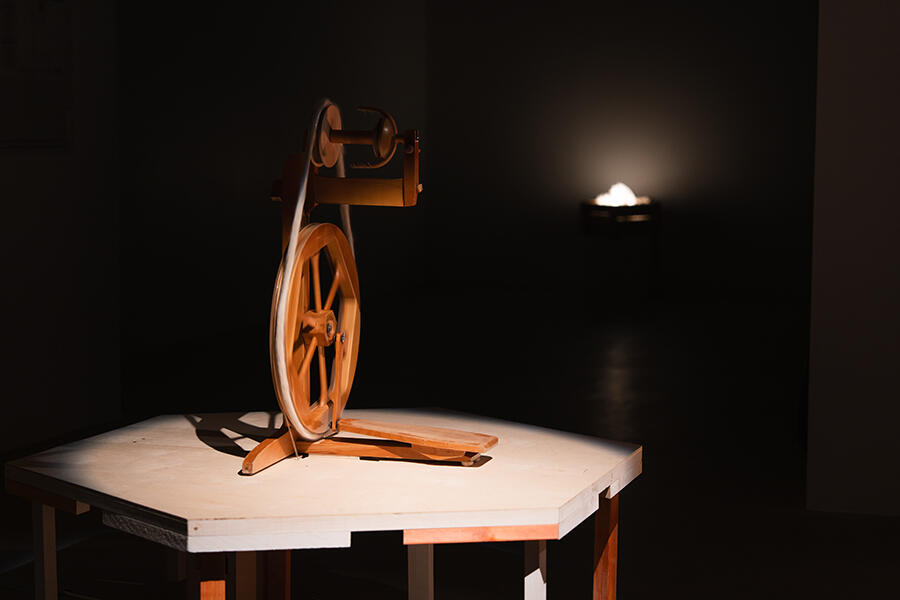
In light of the medium’s history, it feels salient that two films anchor this show. As Brian Jacobson writes in The Cinema of Extractions (2025), film not only relies on mined products but has also served as a means for extractive industries to propagate certain ideologies through the cultural sector. Conjuring up a film reel, a drilling rotary table and a spinning wheel, Umbilical Fire (Spinning Wheel) (2025) is a kinetic sculpture that turns chiengora rope. Bugge’s oneiric meditation on petrocultural narratives doubles as an invitation to build counternarratives: to imagine new methods, to spin new yarns.
Liv Bugge’s ‘Umbilical Fire’ is on view at Kunsthall Trondheim until 14 September. It is part of the Hannah Ryggen Triennale 2025.
Main image: Liv Bugge, postcard collection (detail), 2025, installation view. Courtesy: the artist and Kunsthall Trondheim; photograph: Torstein Olav Eriksen


